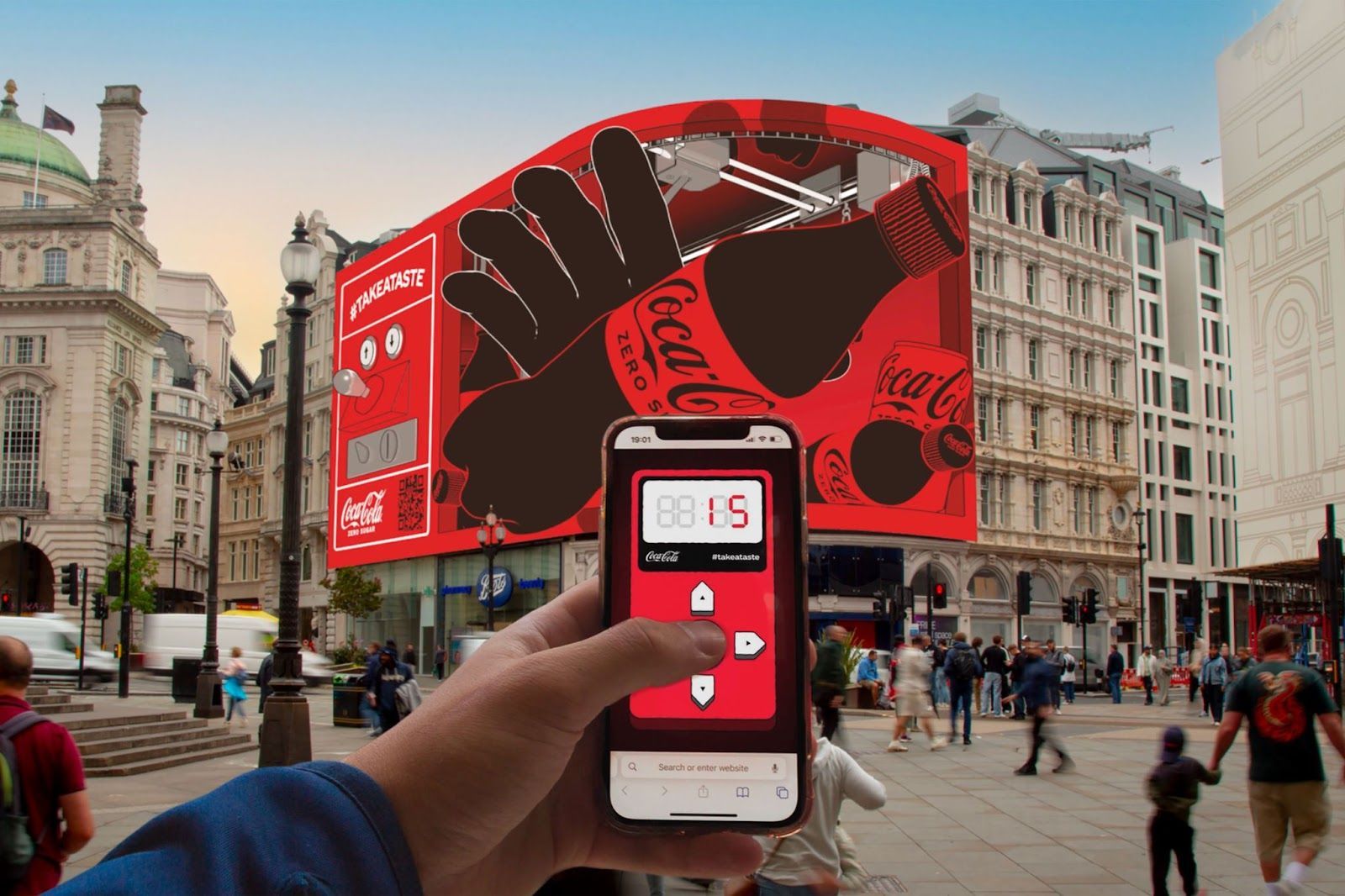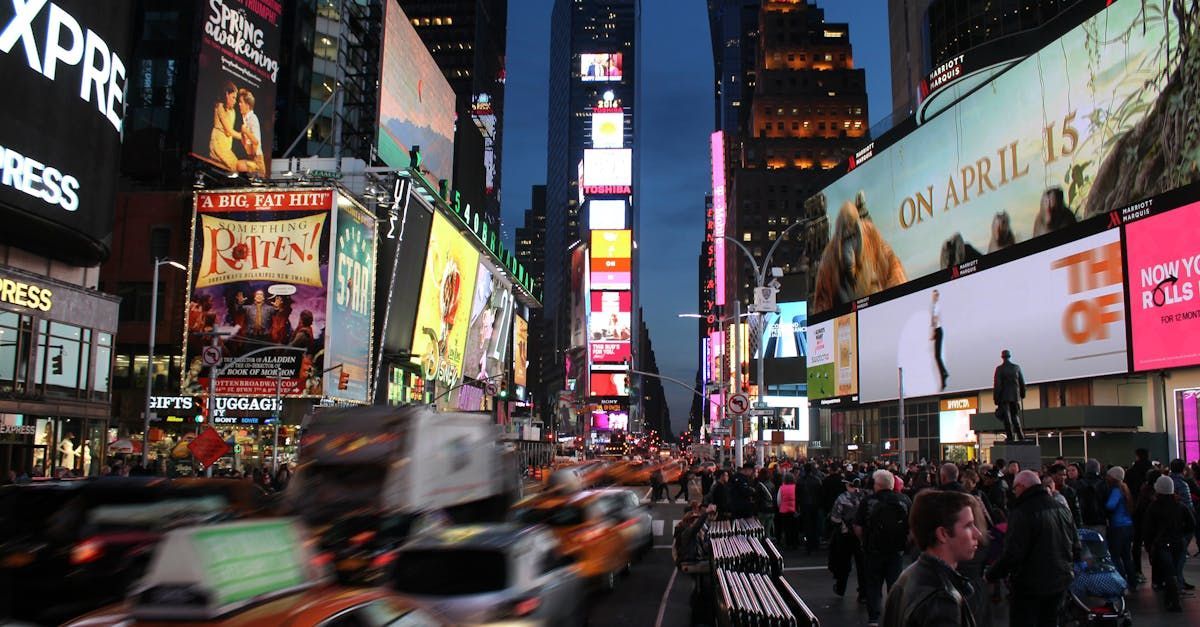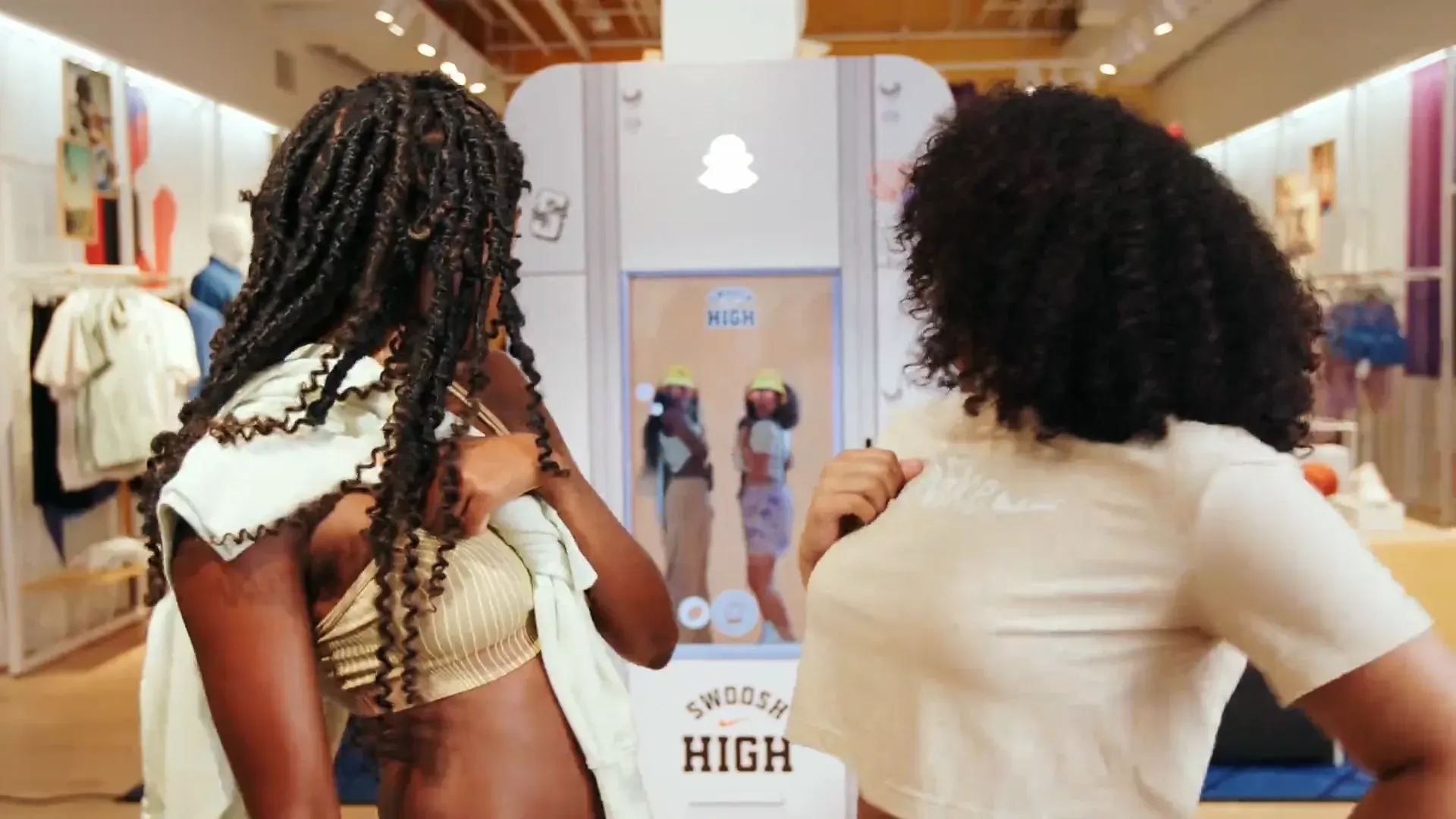Augmented Reality Museum Experiences: Bringing History and Art to Life
Augmented reality (AR) is elevating museum experiences worldwide, allowing visitors to engage with history, art, and culture in immersive and interactive ways. From the Smithsonian National Museum of Natural History in Washington DC to the National Museum of Singapore, institutions are adopting AR to enhance the visitor experience, making educational content more accessible and engaging than ever before. This article explores how augmented reality elevates museum tours, exhibitions, and educational programs.
The Rise of Augmented Reality in Museums
Augmented reality integrates digital information with the natural world in real-time, allowing museums to overlay digital content onto physical exhibits. This technology can animate historical artifacts, bring extinct creatures to life, or allow visitors to explore a collection of natural history drawings in three-dimensional space. Incorporating AR into museum settings enriches the visitor experience, making it more interactive and informative.
Pioneering AR Exhibitions
One of the early adopters of AR technology in museum spaces is the Smithsonian National Museum of Natural History with its "Skin and Bones" exhibition. Launched in the Bone Hall, this AR experience revitalizes skeletons by overlaying digital images of how the animals would have looked and behaved in life. Using an AR app on their mobile devices, visitors can see a bat take flight or a sea cow swim in the ocean, connecting with the exhibits dynamically and engagingly.
Another notable AR experience is at the Van Gogh Museum, which uses AR to delve deeper into the life and techniques of Vincent van Gogh. Visitors can explore Van Gogh's art at an art exhibition through their smartphones, seeing beyond what's visible to the naked eye. They can observe the brushstrokes and color mixtures up close and even step into a painting to experience the scene from the artist’s perspective.
Enhancing Educational Value with AR
AR experiences in museums are not just about entertainment; they significantly enhance educational value. By providing contextual information, detailed visuals, and interactive content, AR helps visitors understand exhibits' historical, cultural, and scientific significance. For instance, the National Museum of Singapore utilizes AR technology to bring to life a 19th-century Japanese panorama of Singapore, allowing visitors to explore the city-state’s colonial past in a visually rich format.
Interactive AR-guided tours can cater to various learning styles, accommodating those who learn best through visual means and kinesthetic learners who benefit from doing and moving. Moreover, AR can offer multi-language support, making information accessible to a broader audience, which is particularly beneficial in culturally diverse regions.
Incorporating AR with QR Codes
To facilitate AR experiences, many museums integrate QR codes into their exhibits. Visitors can scan these QR codes using smartphones to launch AR features, such as video overlays, 3D models, and interactive games related to the exhibit. This method is user-friendly and encourages visitors to explore museum collections at their own pace, enhancing personal engagement with the exhibits.
Visitor Experience and Engagement
AR transforms the way visitors interact with museum collections. Instead of traditional, passive observation, AR enables an active exploration that can lead to a deeper understanding and retention of knowledge. It also adds a layer of excitement to museum visits, appealing especially to younger audiences accustomed to digital interactivity.
For example, AR apps can turn a museum visit into a scavenger hunt where visitors must find artifacts and scan them to unlock stories and collect digital rewards. This gamification of the museum experience increases engagement and can attract repeat visits.
Challenges and Future Directions
While AR offers extensive benefits, its implementation comes with challenges. Museums must ensure that the digital content is accurate, enhances the physical exhibits without overshadowing them, and is accessible to all visitors, including those without smart devices. Additionally, museums must continually update and maintain AR offerings as AR technology evolves to meet technological standards and visitor expectations.
Looking ahead, the future of AR in museums looks promising. As AR technology advances, it could offer even more personalized and accessible experiences, such as adaptive tours that adjust content based on visitor preferences and learning behaviors. Furthermore, AR might be used to create virtual museums accessible to people who cannot visit in person, thereby democratizing access to culture and education.
Conclusion
Augmented reality is set to redefine the museum experience, making it more engaging, educational, and accessible. As museums worldwide continue to innovate with AR, they preserve and present history and connect with a broader audience in new and exciting ways. In doing so, they ensure that their collections remain relevant and appreciated in the rapidly evolving digital age.
TALK TO A PRO
We're here to bring your brand to life!
Stay Connected with BrandXR
Create Augmented Reality for Free!
Create, Publish, and Measure 3D Augmented Reality Experiences Without Having to Code.














